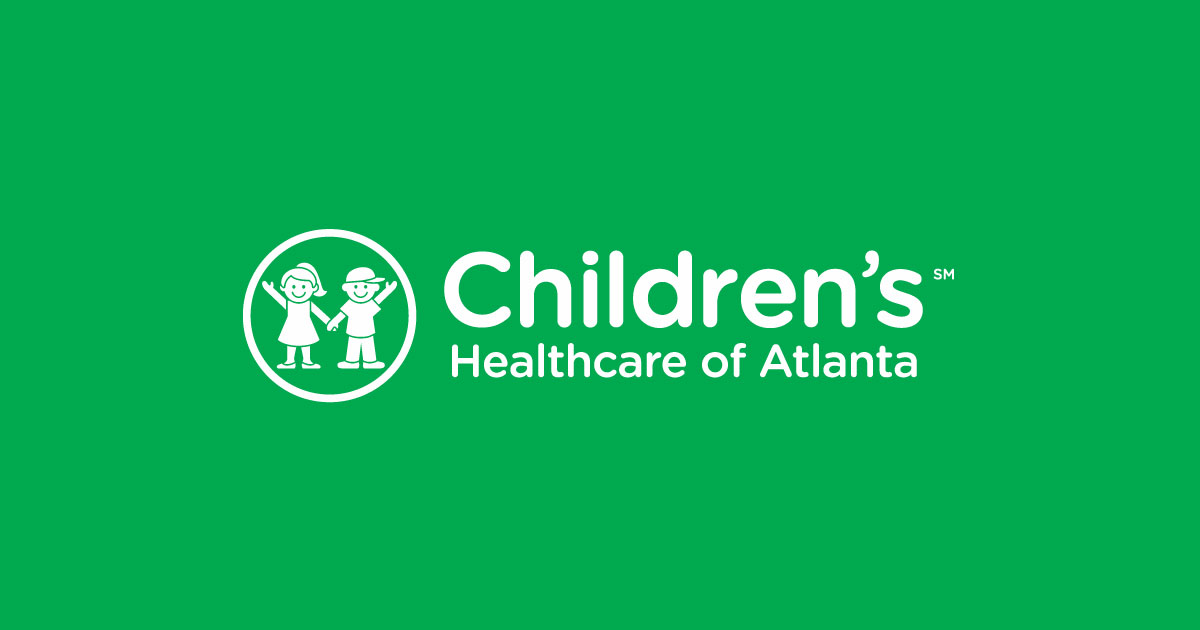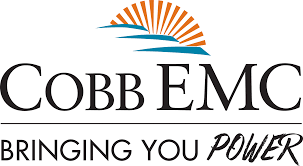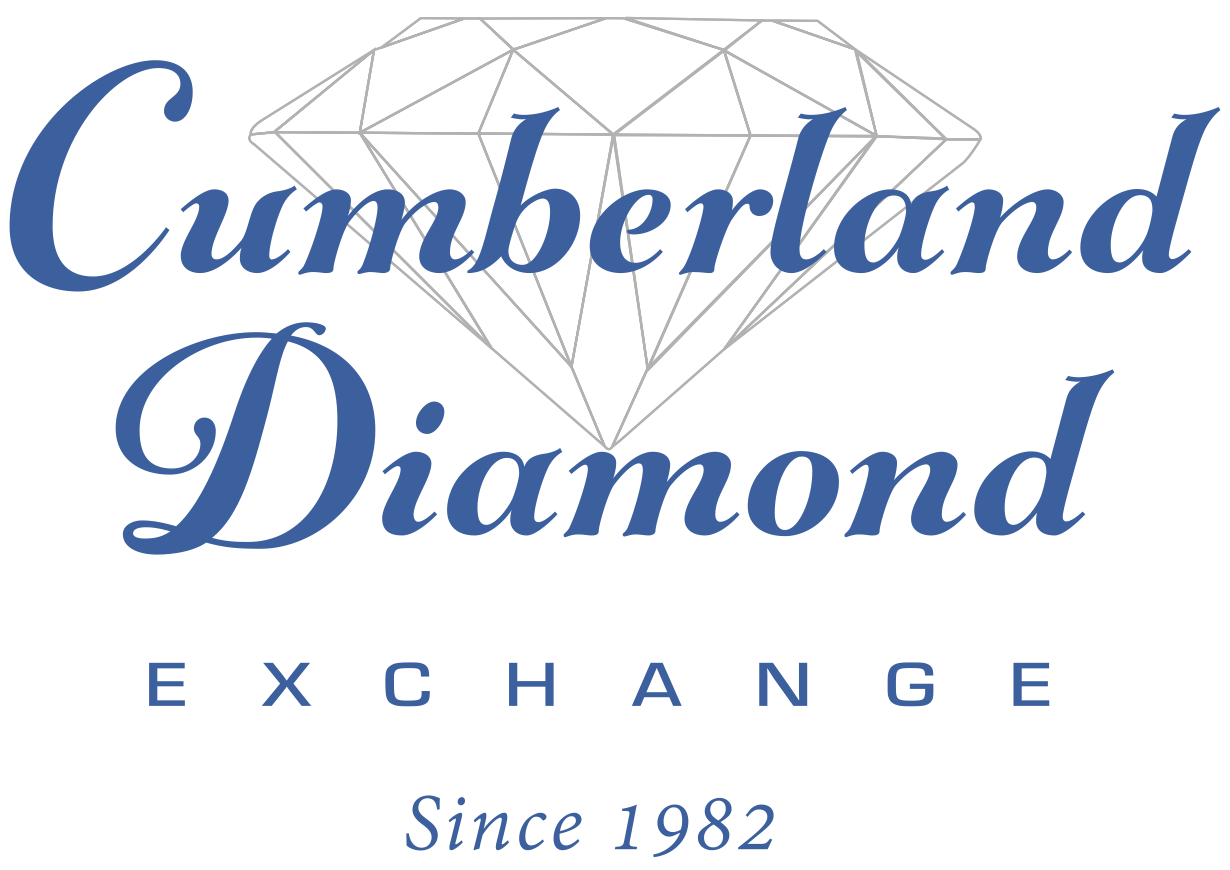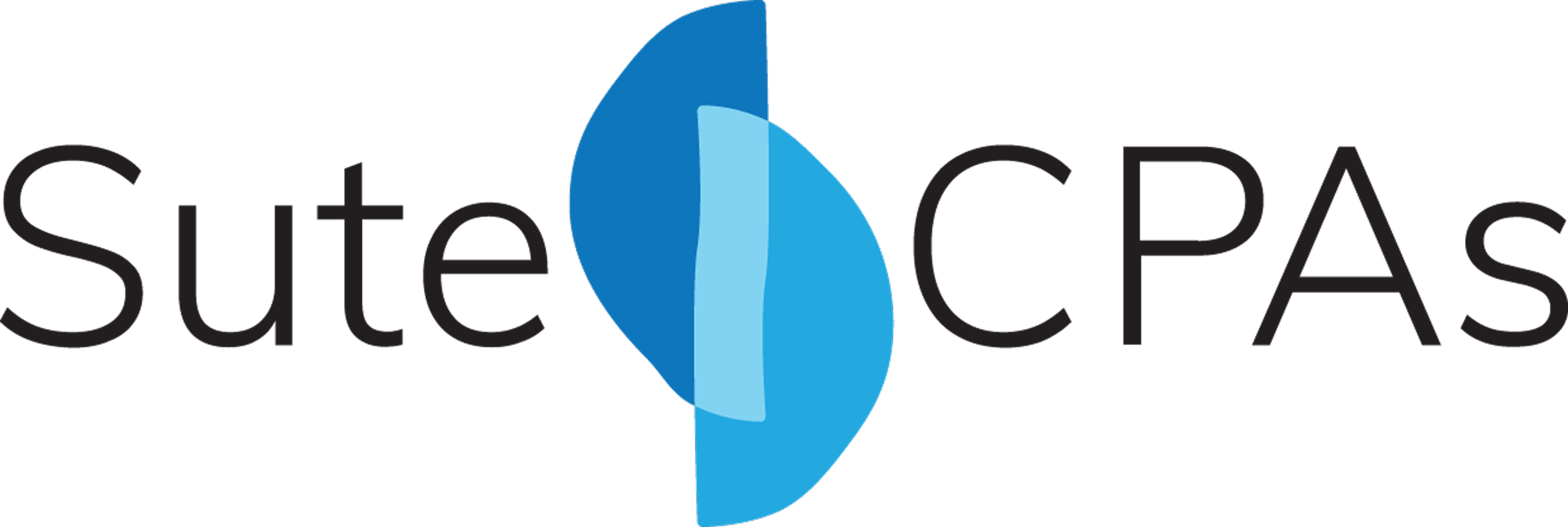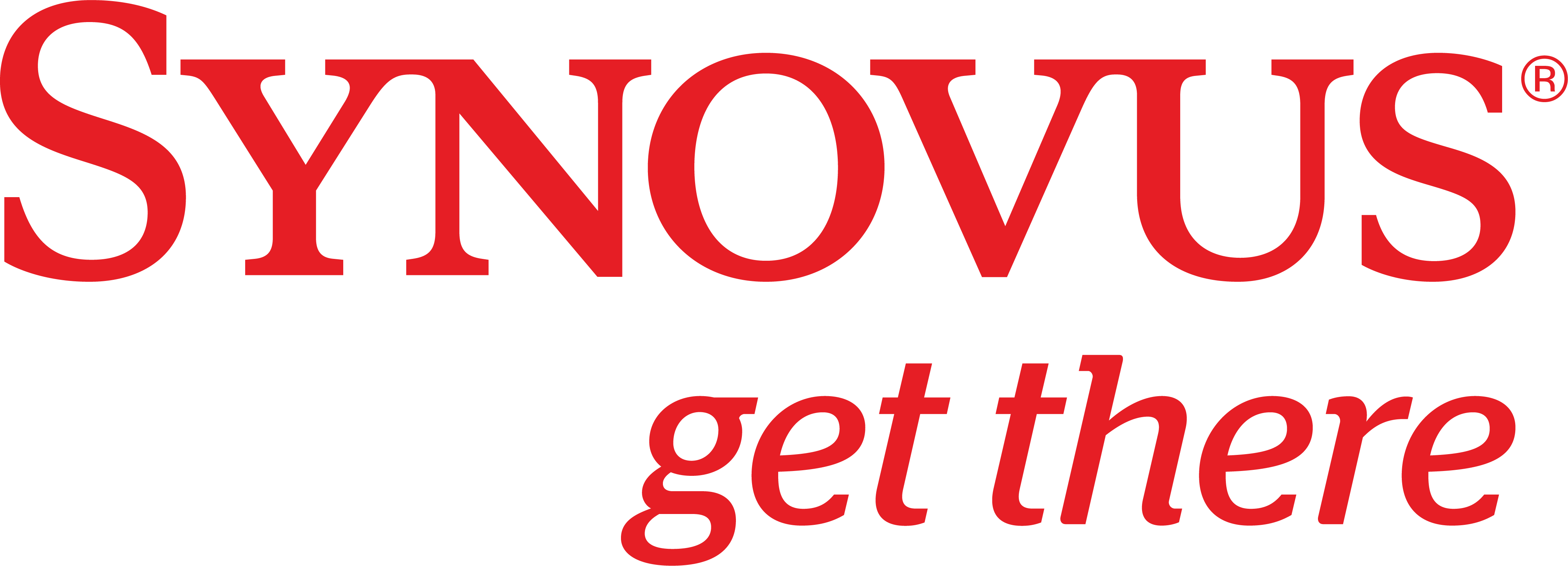
Many seniors are hearing the phrase “Qualified Charitable Distribution” or “QCD” from their accountants this time of year. The idea is, if you are over 70 ½, instead of taking your required distribution from your IRA and handling your charitable contributions separately, you merge them together by having up to $100,000 sent directly from your IRA to the charity. The amount sent to the charity (the “QCD”) never enters into your income and it isn’t deducted on your tax return.![]()
What’s the big deal? After all, isn’t it just a wash? Maybe. That all depends on a number of other factors, primarily your AGI, MAGI and your ABCs. Just kidding about the ABCs. AGI is adjusted gross income. MAGI is modified adjusted gross income. For most people over 70 ½, in 2019, gross income and adjusted gross income (“AGI”) will generally be the same, as the adjustments that result in adjusted gross income typically don’t apply. Note that your AGI includes any amounts distributed to you from your IRA. Generally, your MAGI is just your AGI modified by any tax-exempt interest you may have.
Write down what you estimate your AGI will be in 2019, including your required distribution from your IRA. Now add any tax-exempt interest you anticipate receiving. The sum of those two is your estimated MAGI. Now write down how much you plan to give to charity this year in cash. If you plan to make any gifts of appreciated assets, write that amount down, too. Are you expecting any medical expenses? Write down that amount, too. Now, go through these questions.
- Will your cash charitable contributions be more than 60% of your AGI? Will your gifts to charity of appreciated assets exceed 30% of your AGI? If the answer to either of these is yes, the amount of your charitable contributions over those percentages probably couldn’t be deducted in the current year and would have to be carried forward.
- Will excluding your IRA distribution from your AGI bring your medical deductions to more than 10% of the resulting number? If so, keeping your IRA distribution out of your income could be the difference in your medical expenses being deductible or not.
- Will your IRA distribution put your MAGI (your AGI plus tax-exempt interest) over $170,000 if you’re married and filing jointly or $85,000 if you’re single? If it will, you become a “higher income beneficiary” according to Medicare and your Part B premium could go up as much as $400 per month.
- Will your IRA distribution put your MAGI over $250,000 if you’re married and filing jointly or $200,000 if you’re single? If your IRA distribution will put your MAGI over one of these thresholds, your taxable interest, dividends, net capital gains (except on the portion that’s excluded for income tax purposes on the sale of a personal residence) and passive investment income will likely ALL become subject to the ominous NIIT: The Net Investment Income Tax. The NIIT makes all of those items subject to an additional tax of (get ready) the lesser of (a) 3.8% on the total and (b) 3.8% on the extent to which your MAGI exceeds the applicable limit.

So, is the QCD just a wash? The answer is still maybe. The better question is, is the QCD a wash for you. Talk to your CPA and find out. And if you’re not sure what charity you would like to help, please call us at 770-859-2366. After all, we are all about connecting donors who care with causes that matter.







